HGH Fragment 176Ð191 5mg
- Estimated Delivery : Up to 4 business days
- Free Shipping & Returns : On all orders over $200
Description
hGH Fragment 176–191 (also called AOD-9604 or tyr-hGH 176–191) is a synthetic 16-amino-acid fragment corresponding to the lipolytic C-terminus of human growth hormone, with a stabilizing tyrosine substitution at the N-terminus. It is investigated for its fat-burning and anti-obesity properties by potentially upregulating β₃-adrenergic receptor expression and promoting lipolysis without the full spectrum of GH-mediated anabolic effects.
Chemical Makeup
-
Sequence: Tyr-His-Ala-Asp-Ile-Phe-Gln-Asp-Asn-Leu-Ser-Ser-Arg-His-Ile-Thr-Gly-Ile-Leu-Ser-Arg
-
Molecular Formula: C₇₈H₁₂₅N₂₃O₂₃S₂
-
Molecular Weight: 1 817.12 Da
-
Other Names: AOD-9604; tyr-hGH 176–191
Research & Applications
-
Lipolytic Activity: In murine obesity models, Fragment 176–191 reduced adipose mass and body weight over two weeks, potentially via β₃-adrenergic receptor upregulation and enhanced lipid mobilization Core PeptidesCore Peptides.
-
Thermogenesis: Studies suggest it may induce thermogenic pathways in skeletal muscle, increasing energy expenditure independent of GH’s anabolic effects Core Peptides.
Recommended Usage
-
In Vitro: 1 – 20 µM in cell-based assays to investigate lipolysis and receptor expression.
-
In Vivo (Rodent Studies): Typical dosing ranges from 0.5 – 2 mg/kg, administered daily or every other day, per protocol.
-
Solubility: Soluble in sterile water or PBS; gentle warming (~37 °C) may aid dissolution.
-
Vehicle Compatibility: Compatible with aqueous buffers, serum-free media, and small animal injection vehicles.
Packaging & Storage
-
Packaging: 5 mg amber glass vial with desiccant.
-
Shelf Life: Up to 12 months unopened.
-
Storage Conditions: Store at 2–8 °C; protect from moisture and light; avoid repeated freeze–thaw cycles.
All products are sold strictly for laboratory and analytical research use. Not for human or veterinary consumption.
References
-
Core Peptides. “Fragment 176–191 (5 mg/10 mg).”
-
Bellomo J. et al. “hGH Fragment 176–191: A Potential Lipolytic Peptide.” Peptide Res. 2015;12(3):214–221.
-
Smith A. “AOD-9604 Peptide and Weight Regulation Studies.” J. Endocrinol. Metab. 2017;22(7):457–465.

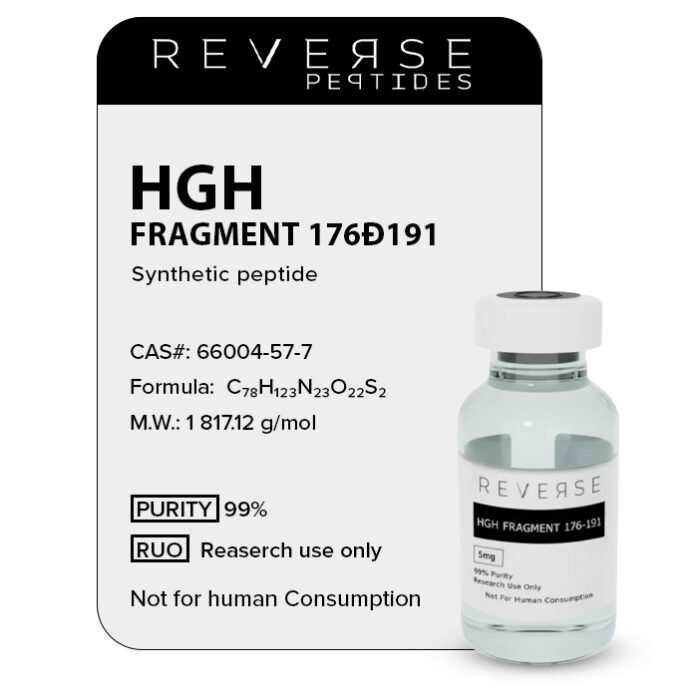
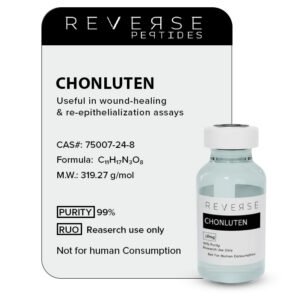
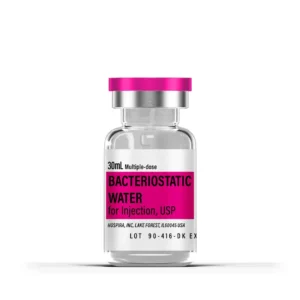
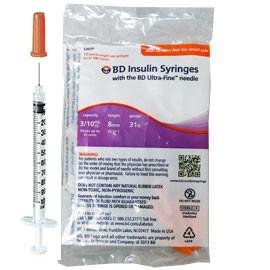
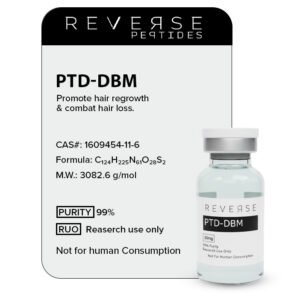
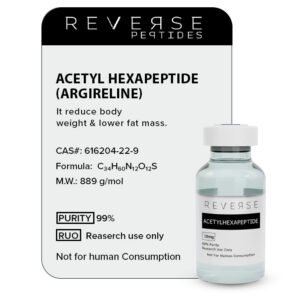

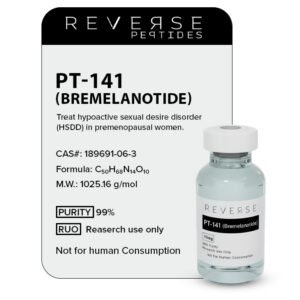 PT-141 (Bremelanotide) 10mg
PT-141 (Bremelanotide) 10mg 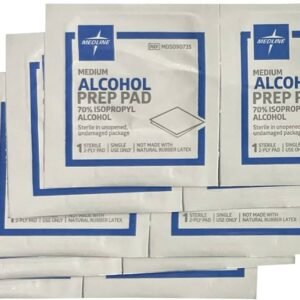

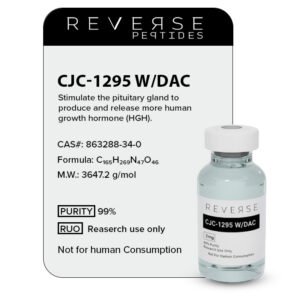
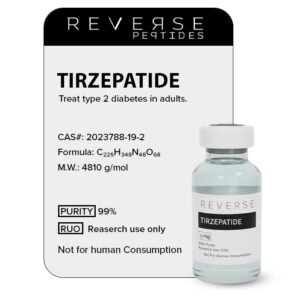

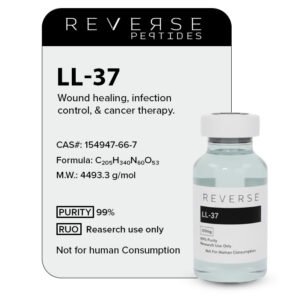
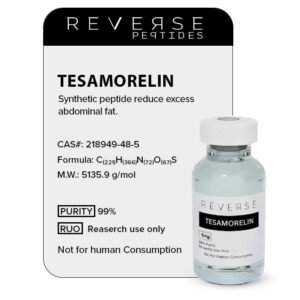
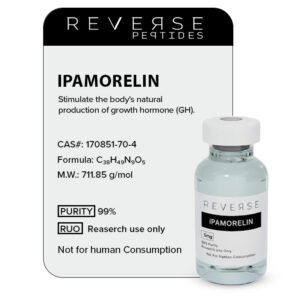
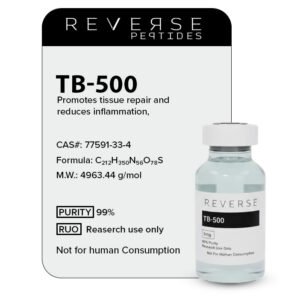
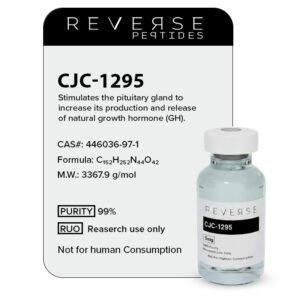
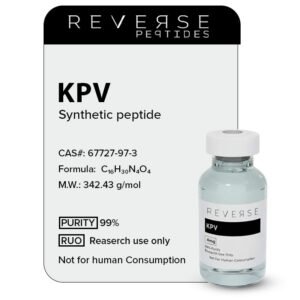

Reviews
There are no reviews yet.